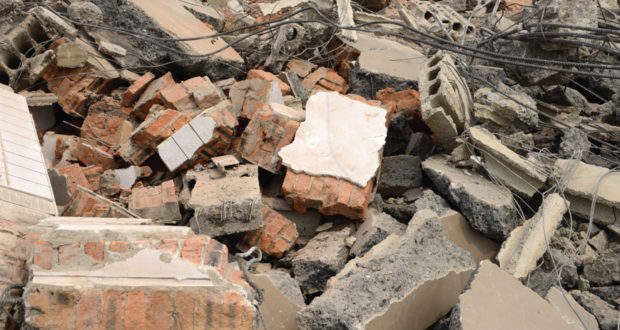Everyone wants to help in a crisis. By being prepared and understanding the local disaster management plan, churches can act quickly and use their resources where they are most effective. Here’s a checklist drawn from the Queensland Synod publication Good advice for churches, congregations and faith groups ministering in disaster-affected communities.
- Understand the big picture. Government agencies, volunteer groups and non-government organisations have different responsibilities in the event of a disaster. Under the Queensland Disaster Management Arrangements, management of a disaster at the community level is conducted by local governments who are responsible for the development and implementation of their local disaster management plan. Often a recovery committee will be set up by local council and it is important to seek a place for a representative from local faith groups.
- Be prepared. Maintain a list of church resources such as space available, kitchen and bathroom facilities, car parking and so on, and share this information with your Local Disaster Management Group. Build a network of key church contacts and have at least one person nominated to coordinate a crisis response.
- Check on congregation members. When disaster strikes, make early contact with people likely to be impacted and those who may be vulnerable or need special assistance. An up-to-date pastoral contact list is one of the most important tools for any church.
- Access available emergency funds and collaborate with the coordinating local agency as to how to best use them. For example, there is no point in providing free meals if another agency is doing this. Instead, your church may be able to provide a freezer for storing donated meals or help with distribution. Visit Mission Possible on the Queensland Synod website to find out about emergency financial assistance.
- Organise practical help. Following disasters such as floods, fires or storms there is always an enormous clean-up. It may involve helping to clean out debris, putting up fences, cleaning up homes or paddocks. Make certain that all volunteers have appropriate safety and protection and work with the coordinating local agency.
- Pastoral response. If appropriate, organise pastoral visits in the area. Keep in mind that some local councils have disaster recovery chaplains who are authorised to provide pastoral care in evacuation and recovery centres and disaster-affected areas. Church and religious groups must not enter evacuation or recovery centres for religious or pastoral purposes without the permission of the centre manager. Consider combining with other churches/faith groups to hold a memorial service or offering a space for prayer or meditation.
- Don’t ask for or accept donated items. Church halls can be filled and rendered useless for months or years if churches accept donated goods, and thousands of hours of volunteer time wasted on near-worthless items. If there are any specific needs in your community, for example for clean-up tools and products, coordinate your request through the local coordinating agency.
- Help rebuild community. Churches can play a significant role in recovery following a traumatic event. Communities will inevitably go through a period of disillusionment, when the emphasis on helping others wears off and the reality of what needs to be done sets in. Consider organising community social events or community projects to give people a break and remind them that they are not alone.
 JourneyOnline
JourneyOnline







